Introduction to Fractions
Fractions are a way of representing a part of a whole. They consist of a numerator (the top number) and a denominator (the bottom number). The numerator represents the number of parts we have, and the denominator represents the total number of parts that make up a whole.
Types of Fractions
- Proper Fractions: When the numerator is less than the denominator, it is called a proper fraction. For example, 1/2, 3/4, and 5/8 are all proper fractions.
- Improper Fractions: When the numerator is greater than or equal to the denominator, it is called an improper fraction. For example, 5/4, 7/3, and 11/5 are all improper fractions.
- Mixed Numbers: A mixed number is a combination of a whole number and a fraction. For example, 2 1/3, 4 2/5, and 7 3/4 are all mixed numbers.
Equivalent Fractions
Equivalent fractions are different fractions that represent the same part of a whole. They have different numerators and denominators but the same overall value. For example, 1/2, 2/4, and 3/6 are all equivalent fractions.
Adding and Subtracting Fractions
When adding or subtracting fractions, the denominators must be the same. If they are not the same, you need to find a common denominator before performing the operation.
Multiplying and Dividing Fractions
When multiplying fractions, you simply multiply the numerators together to get the new numerator, and multiply the denominators together to get the new denominator. When dividing fractions, you multiply by the reciprocal of the second fraction (flip the fraction and then multiply).
Study Guide
- Understanding Fractions: Make sure to understand the concept of fractions, including the numerator, denominator, and the relationship between the two.
- Types of Fractions: Familiarize yourself with proper fractions, improper fractions, and mixed numbers.
- Equivalent Fractions: Practice identifying and generating equivalent fractions for a given fraction.
- Operations with Fractions: Practice adding, subtracting, multiplying, and dividing fractions. Pay special attention to finding common denominators and simplifying the results.
- Real-life Applications: Explore real-life scenarios where fractions are used, such as in cooking, measuring, and sharing quantities.
Remember to practice regularly and seek help if you encounter difficulties with any of the concepts. Fractions are an important topic in mathematics and a solid understanding of them will be beneficial in many areas of life.
[Fractions] Related Worksheets and Study Guides:
.◂Math Worksheets and Study Guides Fourth Grade. Measurement

 Activity Lesson
Activity Lesson
 Activity Lesson
Activity Lesson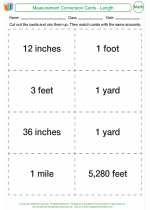
 Activity Lesson
Activity Lesson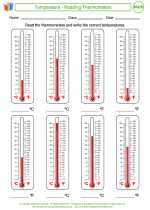
 Worksheet/Answer key
Worksheet/Answer key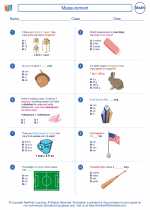
 Worksheet/Answer key
Worksheet/Answer key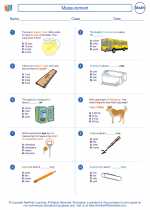
 Worksheet/Answer key
Worksheet/Answer key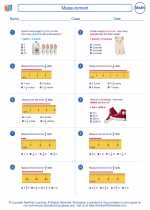
 Worksheet/Answer key
Worksheet/Answer key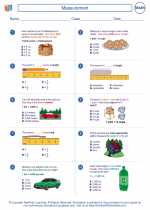
 Worksheet/Answer key
Worksheet/Answer key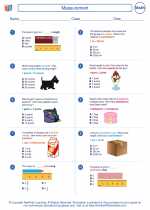
 Worksheet/Answer key
Worksheet/Answer key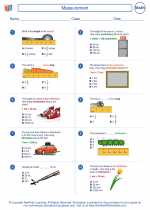
 Worksheet/Answer key
Worksheet/Answer key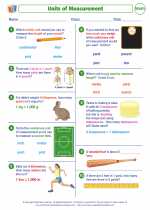
 Worksheet/Answer key
Worksheet/Answer key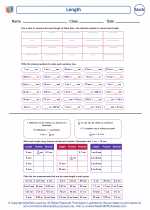
 Worksheet/Answer key
Worksheet/Answer key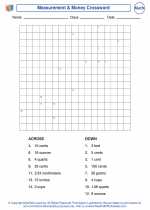
 Worksheet/Answer key
Worksheet/Answer key
 Vocabulary/Answer key
Vocabulary/Answer key
 Vocabulary/Answer key
Vocabulary/Answer key
 Vocabulary/Answer key
Vocabulary/Answer key
